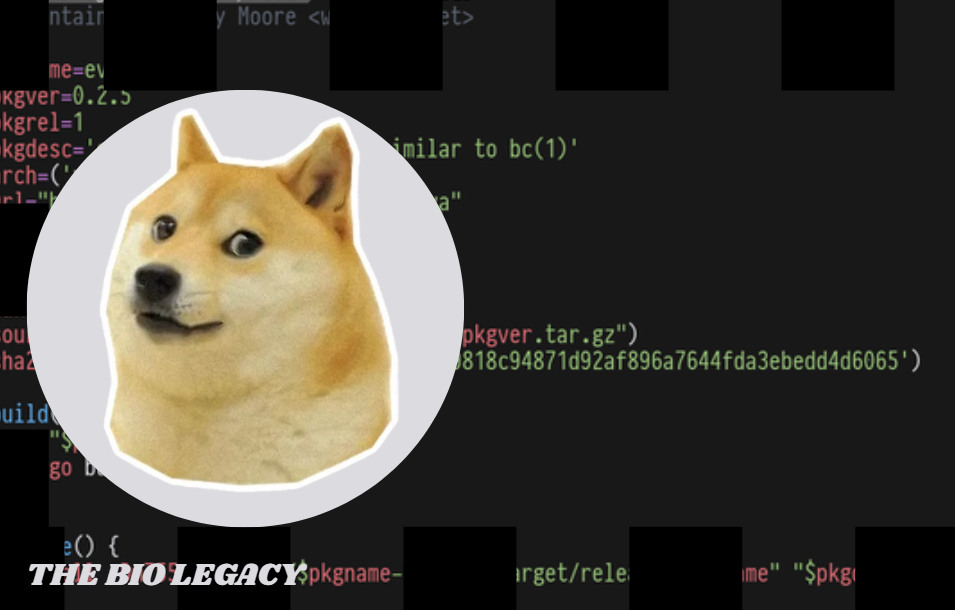In today’s digital age, businesses are increasingly reliant on software to carry out their daily operations. This makes managing software licenses crucial to staying compliant with legal standards and avoiding hefty fines. One important aspect of software management is a software license audit. This guide will walk you through everything you need to know about Doge software license audits and how to conduct them step-by-step, ensuring compliance and avoiding potential pitfalls.
What is a Software License Audit?
A software license audit is a process in which a company reviews its use of software programs to ensure that they are using the software according to the terms of the license agreement. The purpose of a software license audit is to verify that the organization is legally compliant with the software’s licensing agreements and to determine if any infringements are occurring.
When it comes to Doge software licenses, businesses need to ensure that they are using the software within the terms provided by the software vendor. A Doge software licenses audit HUD (Heads-Up Display) allows you to easily track the usage, allocation, and distribution of Doge software across your systems.
Why Are Software License Audits Important?
- Legal Compliance: Organisations must comply with licensing terms to avoid legal repercussions. A software license audit ensures that the company adheres to the vendor’s licensing agreements.
- Cost Management: Over-purchasing software licenses can waste money. On the flip side, under-licensing can lead to fines. Regular audits help manage costs and ensure proper allocation of software resources.
- Risk Mitigation: Non-compliance can lead to significant fines and legal action from software vendors. An audit reduces the risk of such consequences by ensuring everything is in order.
- Optimisation: Regular audits help in identifying underused software or unused licenses, enabling the company to eliminate inefficiencies and possibly renegotiate terms with vendors for better deals.
Understanding Doge Software Licenses
Doge Software Licenses refer to the digital licensing model for a range of software applications. This model ensures that companies only pay for what they use, helping them manage their resources effectively.
The HUD (Heads-Up Display) in Doge software licenses is an interface that provides a real-time overview of how the software is being used. This visual representation allows managers and IT staff to monitor usage trends and detect any potential issues that need to be addressed during the audit process.
Step-by-Step Guide to Conducting a Doge Software License Audit
Now that we understand the importance of a software license audit and the role of the Doge software license HUD, let’s walk through the essential steps to conduct a successful audit.
Step 1: Assess Your Current Software Environment
Before diving into the audit process, it’s essential to understand what software is in use across your organization. This includes:
- Listing all software applications: Make sure you include all Doge software and its associated licenses.
- Identifying the type of licenses: For each piece of software, note whether it’s single-user, multi-user, or site-based. Identify whether the software is perpetual or subscription-based.
- This will help you align with the terms of the license agreement.
Step 2: Leverage the Doge Software License HUD
The HUD for Doge software licenses provides a centralised interface to track software usage. By integrating the HUD with your internal systems, you can gather real-time data on:
- Number of installations: This will allow you to check whether the installations align with the purchased licenses.
- Usage statistics: The HUD can help you track how often and how widely the software is being used, helping identify underused software.
- License allocation: Ensure that licenses are allocated to the appropriate employees or departments.
By using the HUD, you can streamline the audit process and reduce the chances of overlooking software usage discrepancies.
Step 3: Compare License Entitlement vs. Usage
Once you have mapped out your software environment, the next step is to compare the licenses you own with the actual usage. This is where you can identify potential issues, such as:
- Over-licensing: You may have purchased more licenses than necessary.
- Under-licensing: Your company may have more installations than the licenses permit, which could result in a breach of the license agreement.
This step is crucial for identifying discrepancies and ensuring compliance.
Step 4: Review Vendor Agreements
Once you’ve gathered data on usage and compared it with your licenses, it’s time to review the software vendor’s licensing agreement. Make sure you:
- Understand the terms: Read the fine print on the number of users, geographical restrictions, and any other limitations.
- Clarify any ambiguities: Contact the vendor if you are unsure about any of the clauses. Understanding the terms will prevent any missteps during the audit.
Step 5: Address Discrepancies
If you identify any discrepancies, such as over-licensing or under-licensing, it’s time to take corrective action. Depending on your findings, you may need to:
- Reduce unused licenses: If certain software isn’t being used, you can either eliminate the licenses or redistribute them.
- Purchase additional licenses: If you find that your company is under-licensed, it’s essential to purchase the necessary licenses to avoid legal issues.
Step 6: Maintain Ongoing Monitoring
Use the Doge software license HUD for continuous tracking of software usage to prevent future compliance issues.
- Periodic checks: Set up quarterly or annual reviews to track new software installations, license expirations, and usage changes.
- Train employees: Educate employees about the importance of adhering to software licenses, ensuring that they understand the company’s policies.
Conclusion
Conducting a Doge software licenses audit for HUD is an essential practice for businesses that use software to operate. By following this step-by-step guide, you can ensure that your organisation remains compliant with software licensing laws, optimise your software usage, and mitigate potential risks and costs.
Regular audits, leveraging powerful tools like the Doge software license HUD, provide a straightforward way to manage and track your software resources. Compliance and cost management should always be a priority, and implementing a robust system for software audits will help safeguard your business against unnecessary legal trouble and financial loss.
FAQs
Q1: What is the Doge software license HUD?
The Doge software license HUD is a user interface that provides a real-time display of software license usage, helping businesses track installations, usage, and license allocation.
Q2: Why is a software license audit important?
A software license audit ensures compliance with licensing agreements, helps manage software costs, reduces legal risks, and optimises software usage within the organisation.
Q3: How often should I conduct a software license audit?
It’s recommended to conduct a software license audit at least once a year, though quarterly or bi-annual audits are ideal for larger organisations with numerous software installations.
By following these guidelines and utilising the Doge software licenses audit HUD, businesses can ensure compliance and streamline their software management efforts for a more efficient and legally secure operation.


3 thoughts on “Doge Software Licenses Audit HUD: A Complete Guide to Understanding and Conducting a Software License Audit”